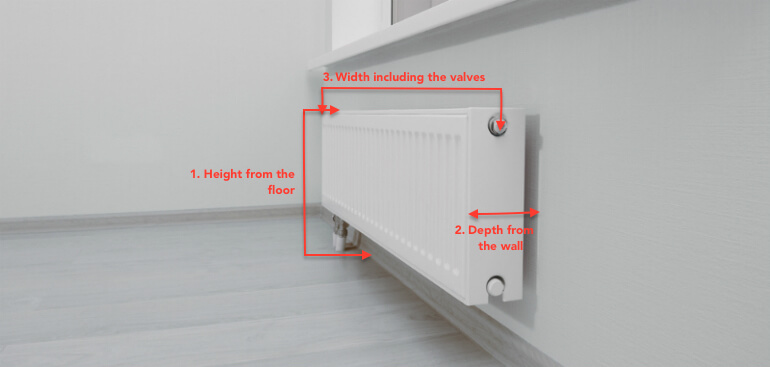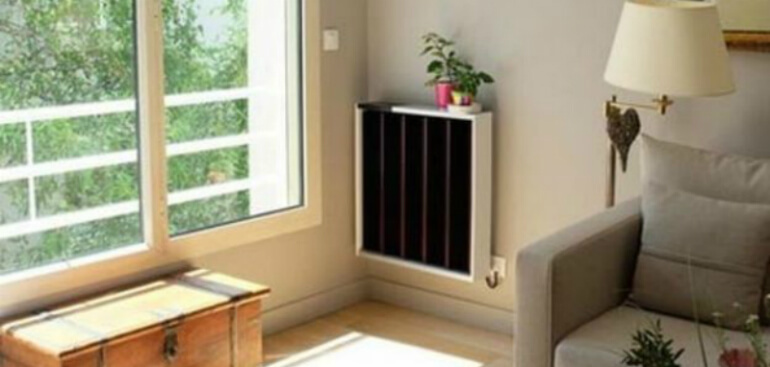Answer these simple questions and we will find you the BEST prices
Which type of solar quotes do you need?
It only takes 30 seconds
100% free with no obligation

Get up to 4 quotes from our selected suppliers by filling in only 1 form

Save money by comparing quotes and choosing the most competitive offer

Our service is 100% free and with no obligation
- GreenMatch
- Blog
- Radiator Covers
Radiator Covers
A Quick Installation Guide
A radiator cover has the potential of transforming the unattractive look of your radiator into an eye-catching appearance that will impress your guests and make sure not to ruin the room’s furnishing style. Installing a radiator cabinet would serve a dual purpose: (i) positively contribute to the heating efficiency maximization by directing the heated airflow towards a designated area, rather than warming the adjacent walls for no good reason, and (ii) make sure that the often overheated radiator poses no immediate risks to those who can accidentally touch it. A properly designed cover shall not obstruct the heat exchange mechanism, which points to the importance of having well-designed grills at the bottom and at the top of the cover, whose purpose is to maintain a flue pipe effect, where cold air is being drawn from the bottom, and the warm air pushed from the top.
When it comes to the radiator cabinet heating efficiency, sustaining this constant flow of air is of the utmost importance, if you are looking to make the most of your radiator heating capacity. Therefore, it is desirable that you do not place any objects in the nearest vicinity, particularly at the bottom of the cabinet. In the event of installing a radiator cover, you would want to make sure that there is enough space around the radiator, that will allow for the radiator cabinet to be fitted in, bearing in mind that it requires that extra room, which is needed for maintaining the air circulation. Before looking for a radiator cover you would need to determine:

As a general rule, it is advised that you add 25mm to 40mm from each side of the radiator (depending on the cover type you are considering), in order to allow for the air circulation mentioned above. Once you have taken all the required measurements and made sure that the radiator cabinet will fit the assigned space, you might start looking for an actual cover. Depending on your budget allowance you can opt for wood, metal or fiberboard based cover. A wood cover is usually more expensive, though it will smoothly blend into the room’s decor without ruining the pleasing ambience an old fashioned house has to offer. A metal cover would cost you less, but it might not deliver the same aesthetic satisfaction the wood one does. Choosing between a metal or a wood cover would make a difference in terms of external appearance, but it would not affect the way the radiator heat is distributed. Hence, both the metal and the wood cover panels can be used in order to meet the customer’s expectations of an efficient radiator cover, with regard to safety and productivity projections.

In order to install a radiator cover you’ll need, a pencil or a felt-tip marker (whose marking can be easily erased), a tape measure, a notepad (so you could write down the measurements without having to bear these in mind all the time), a drill, and a screwdriver.
We strive to connect our customers with the right product and supplier. Would you like to be part of GreenMatch?





